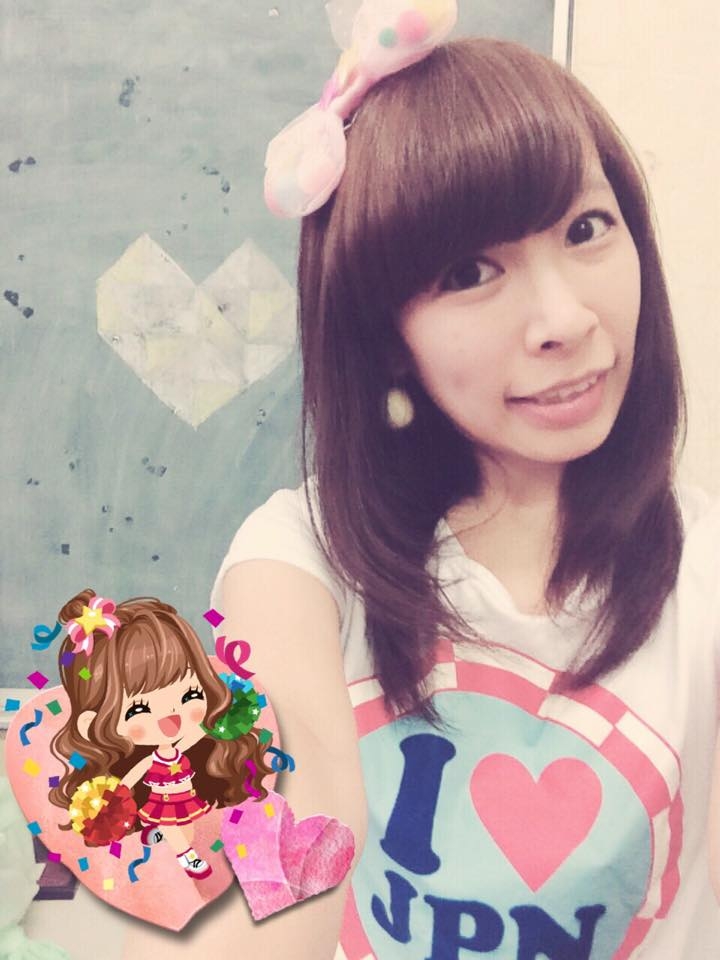In the next few weeks, I will be writing about my (second) experience of being in Kyoto, Japan. We were there for about 3 days in December and visited a number of beautiful places and wonderful food. I’m sure many of you have heard of (or have been to) Kyoto before… Hopefully these Kyoto posts will inspire you to check it out the next time you plan a Japan trip.
I mean, why wouldn’t you?!
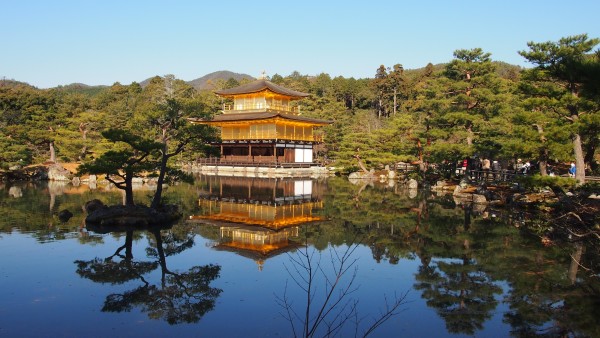
Kyoto is famous for its temples and shrines. It’s much more quaint than, say, Tokyo and Osaka. Kinkakuji, the Golden Pavilion, is one of the popular tourist spots in Kyoto.
Kinkakuji (金閣寺, Golden Pavilion) is a Zen temple in northern Kyoto whose top two floors are completely covered in gold leaf.
Source: Japan-guide.com
So of course, that was the reason for our visit.
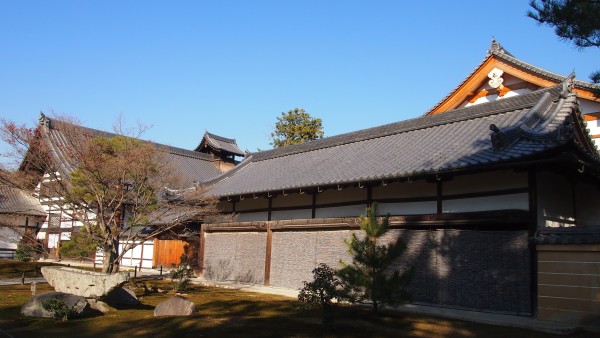
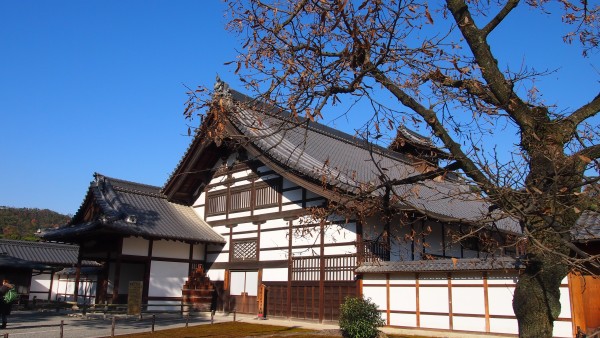
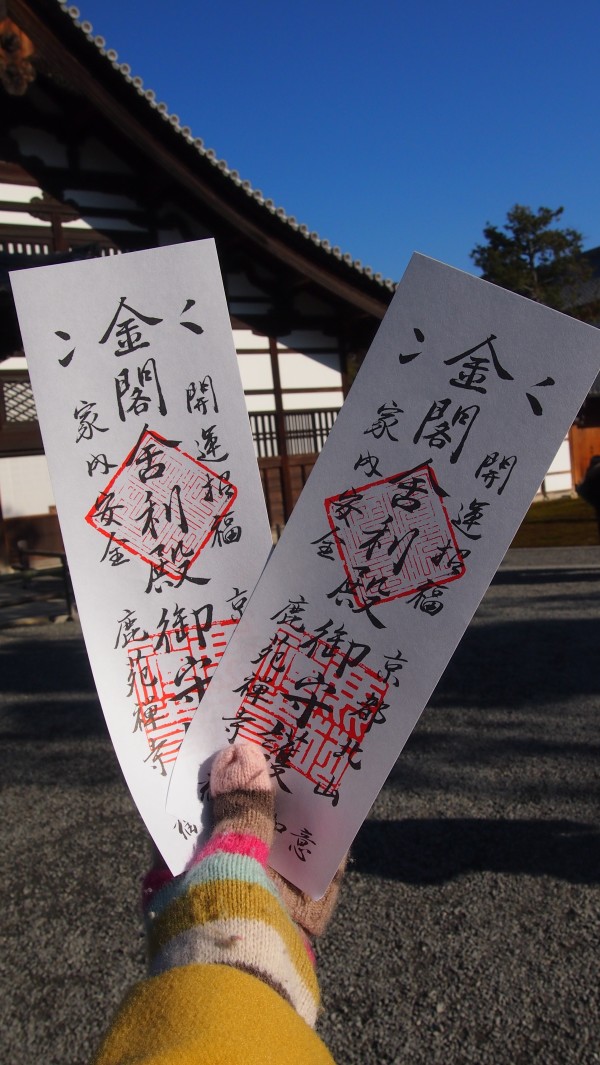
We took a bus and bought the tickets at the front gate. And after a short walk, we were greeted by the golden beauty.
I don’t think you can take a bad photograph of this temple. I mean, with the reflections on the lake, trees beautifully trimmed, and the hilly background, Kinkakuji really is so photogenic!
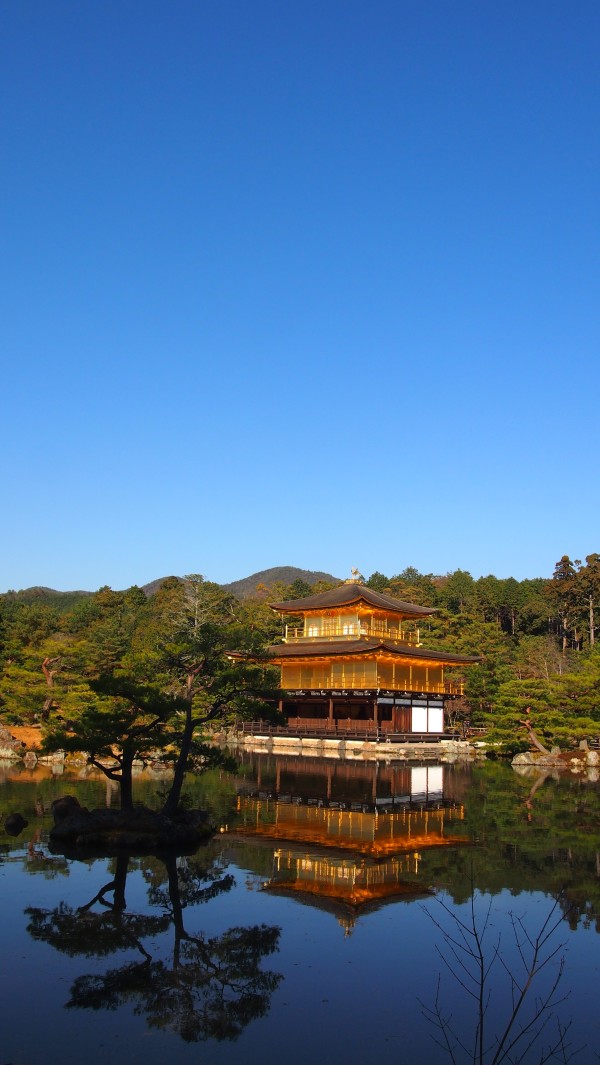
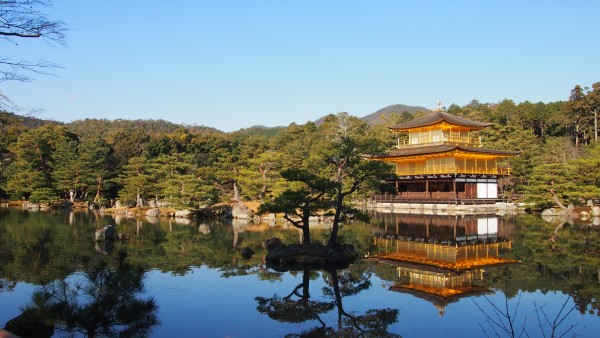
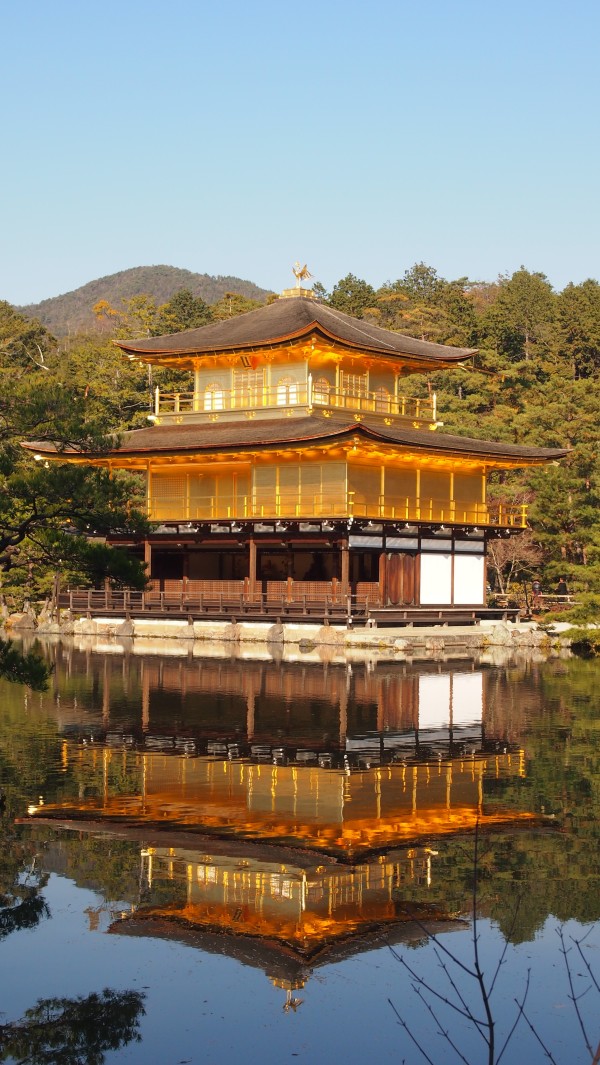
After taking our initial photos and selfies, we walked along the footpath and I was amazed at the beauty of this temple no matter from which angle you looked at it!
So of course, I took more photos!
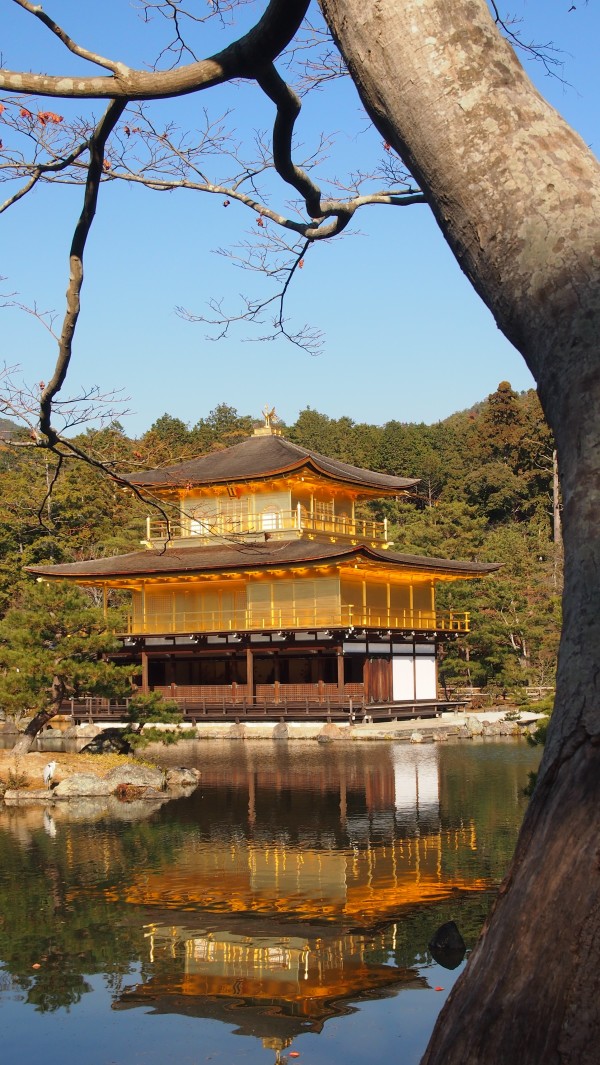
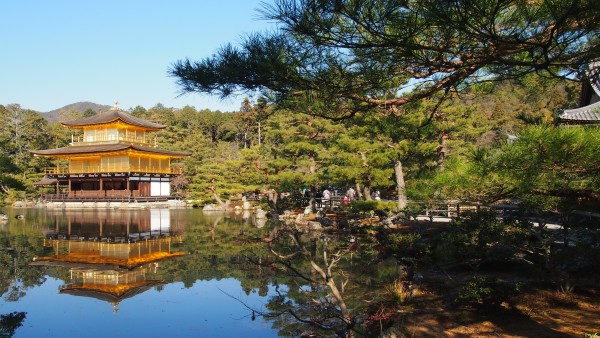
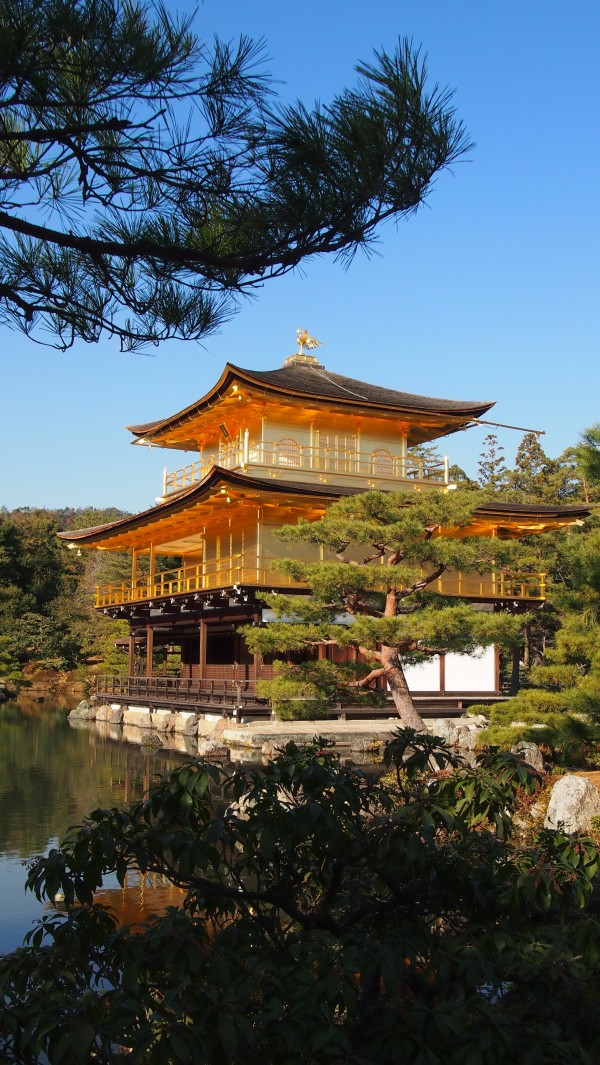
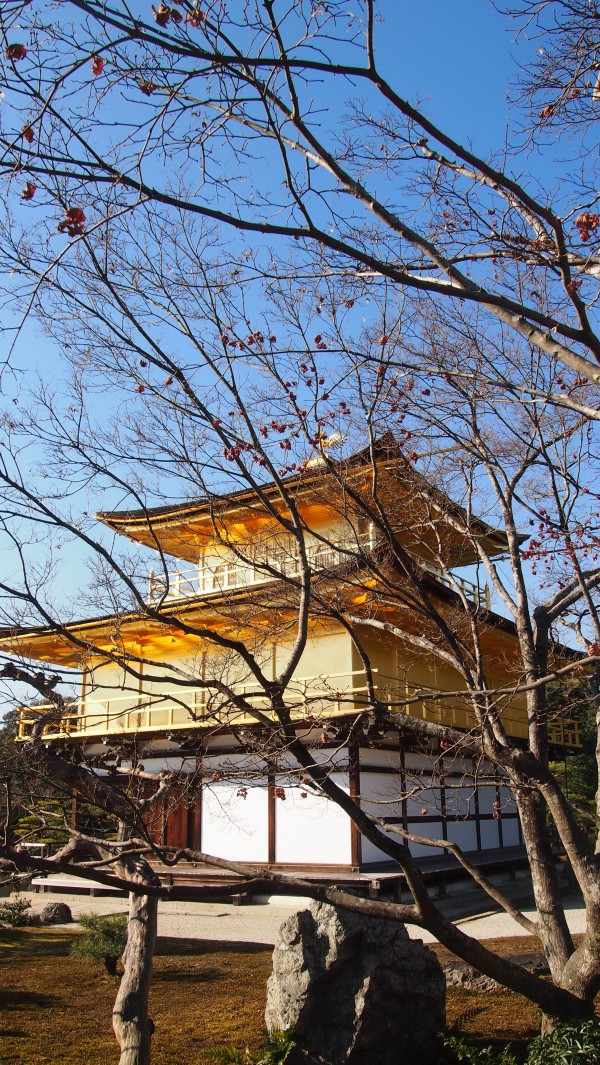
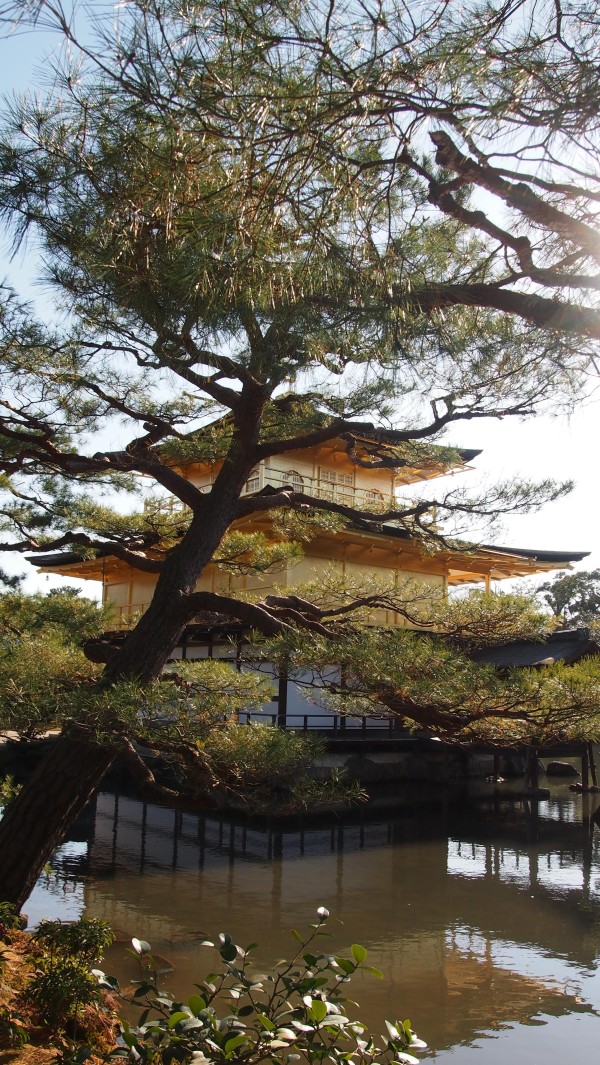
That was the main attraction, so you might as well bask in all its glory as long as you want… and take as many photos of it (and with it) as you wish.
Once you walked past the Golden Pavilion, you’d find statues with lots and lots of coins surrounding them. I believe they were meant to be for luck or something.
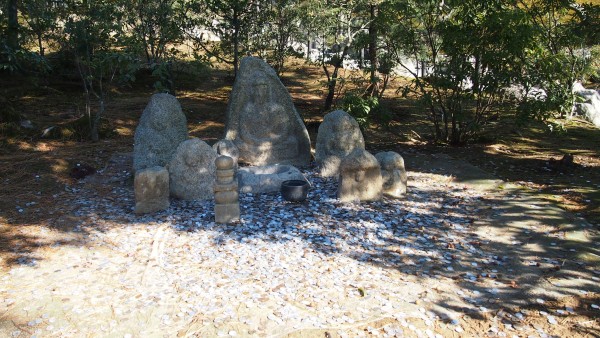
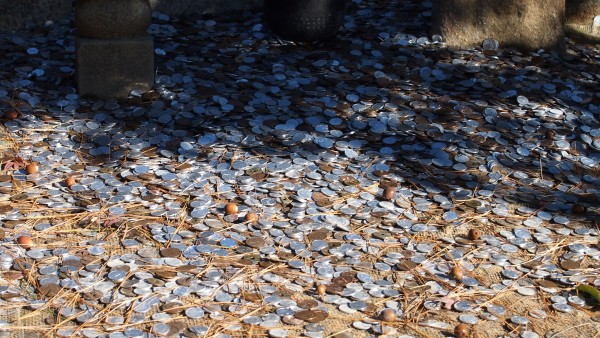
We continued our walk and stumbled upon Fudo Hall, a small temple where many people queued up.
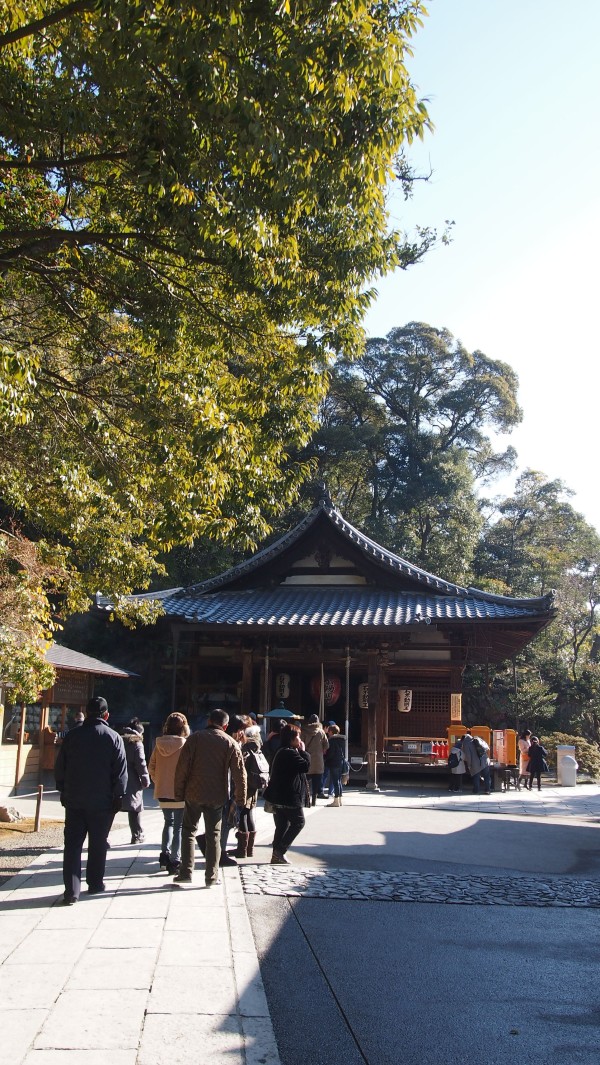
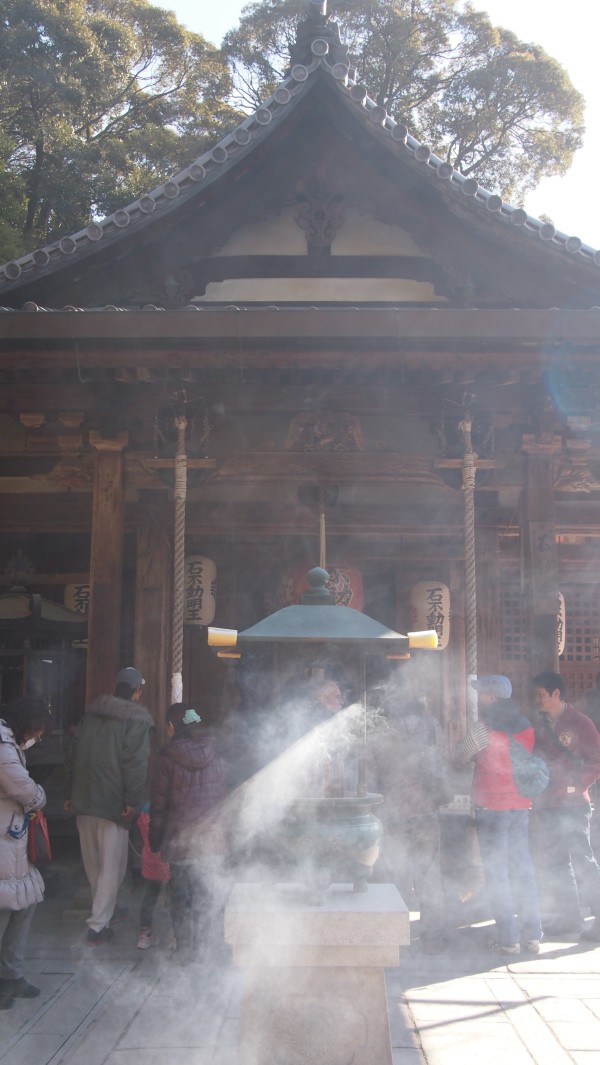
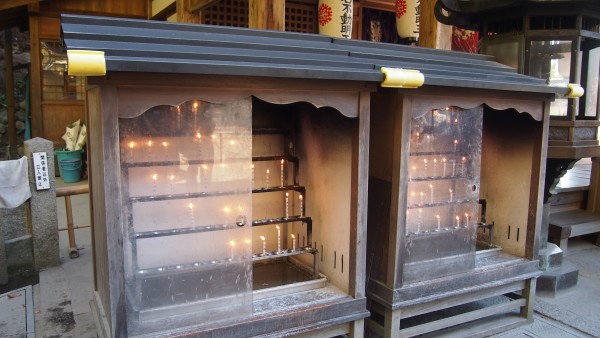
There was also a fortune machine, including one that says: English fortune. Now, whoever says Japan isn’t catered for English-speaking tourists, complain no more! LOL. I’m not one who believes in fortunes, so I didn’t take that opportunity.
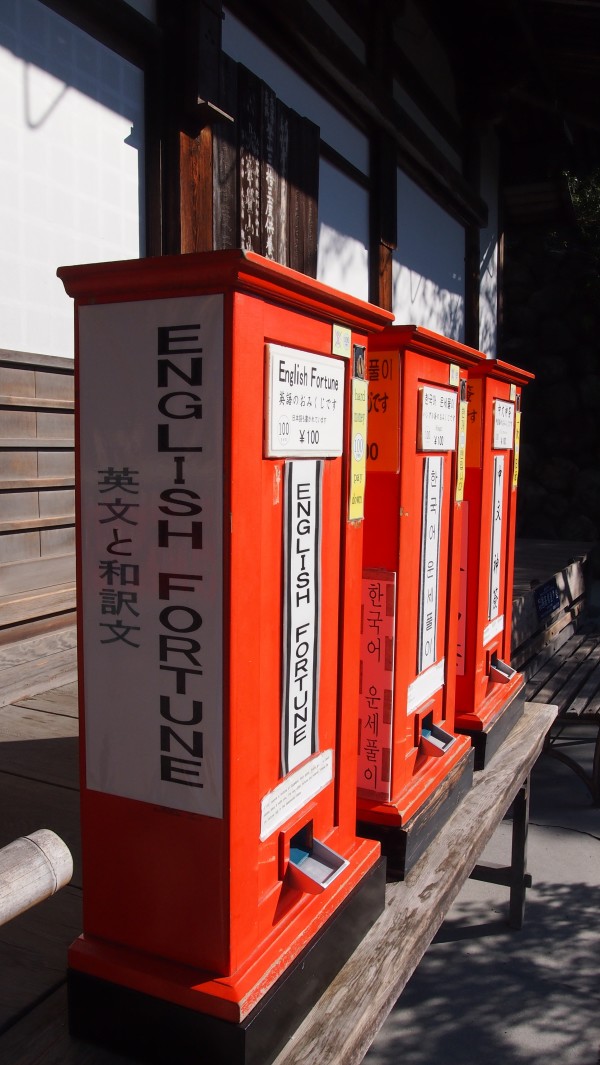
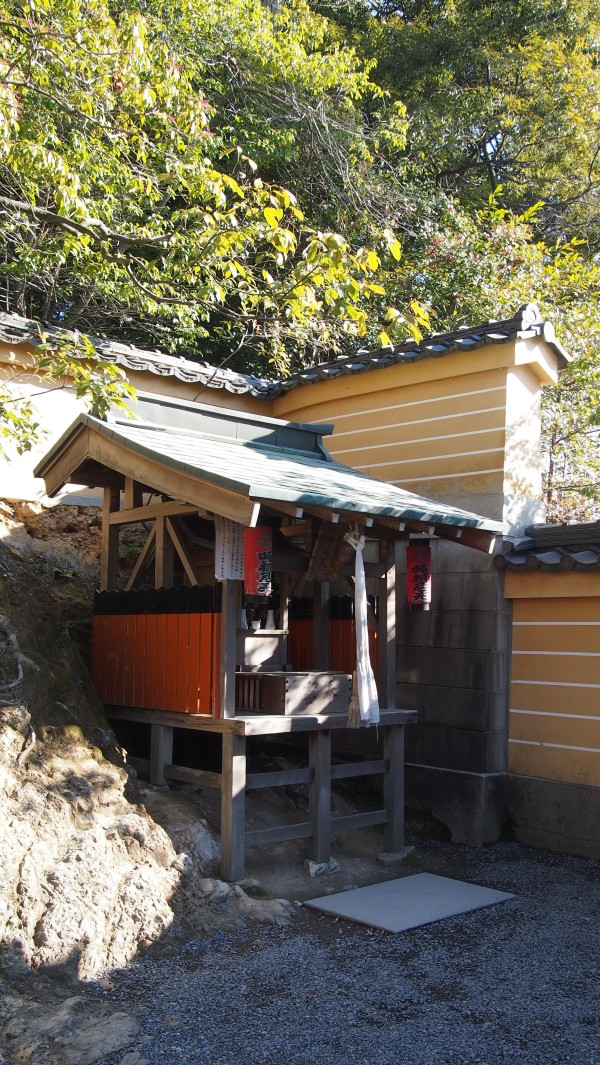
Kinkakuji was beautiful beyond words… But the rest of the area were rather mediocre. So do spend most of your time at the Golden Pavilion area.
Apart from Kinkakuji, we also visited another popular shrine, famous for its red torii gates.
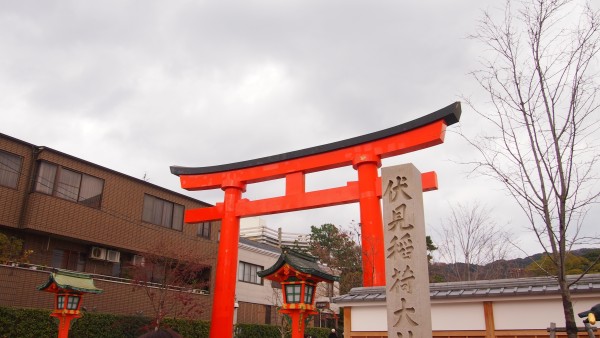
Even at the entrance of this shrine, a huge bright red torii gate stood tall.
Fushimi Inari Shrine (伏見稲荷大社) is an important Shinto shrine in southern Kyoto. It is famous for its thousands of vermilion torii gates, which straddle a network of trails behind its main buildings.
Fushimi Inari is the most important of several thousands of shrines dedicated to Inari, the Shinto god of rice. Foxes are thought to be Inari’s messengers, resulting in many fox statues across the shrine grounds.
Source: Japan-guide.com
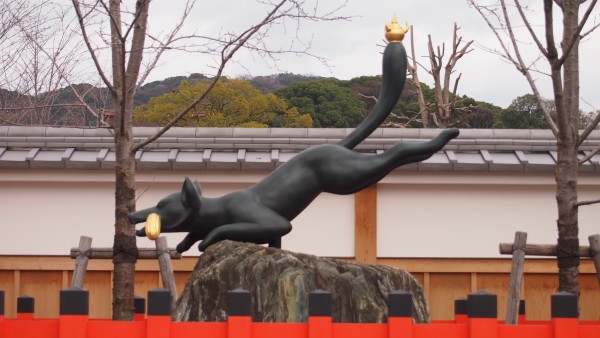
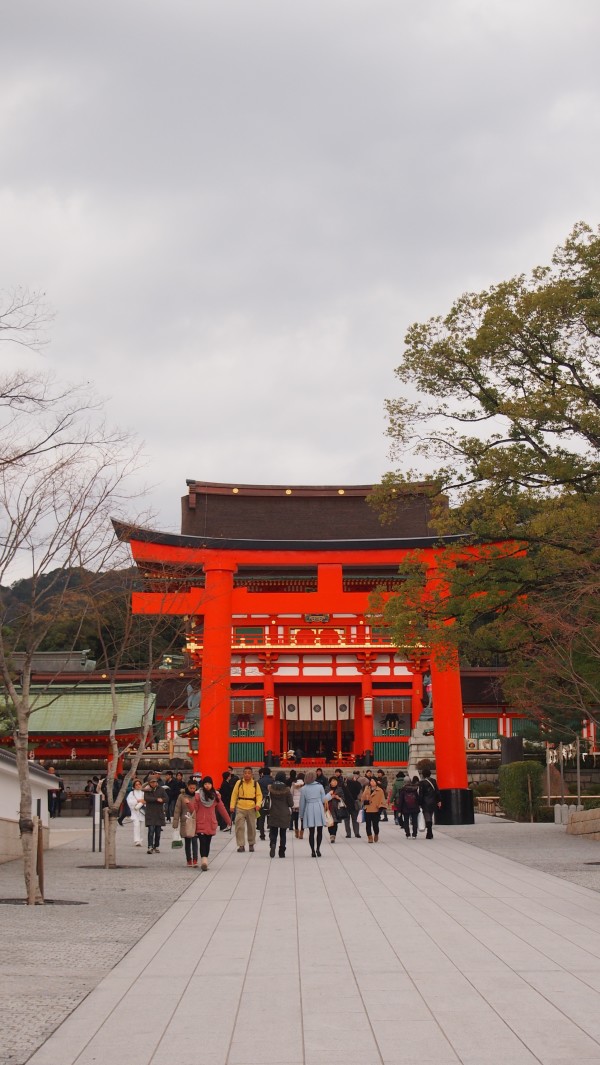
We then walked in with many other tourists and Japanese visitors alike…
The first section was a market area where they sold some festival food as well as omiyage (souvenirs), including cute mini torii gates!
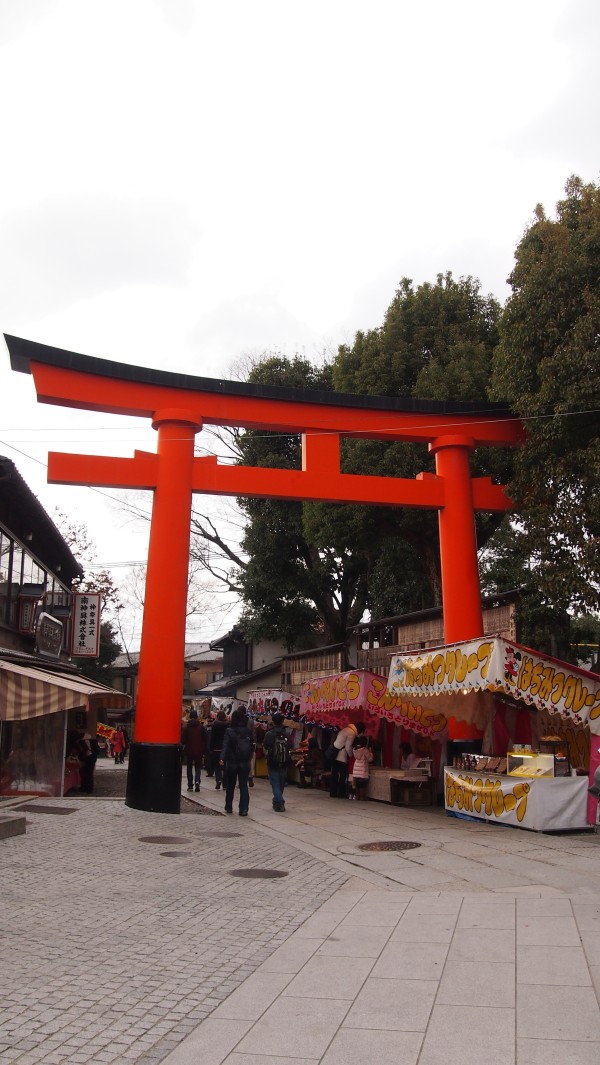
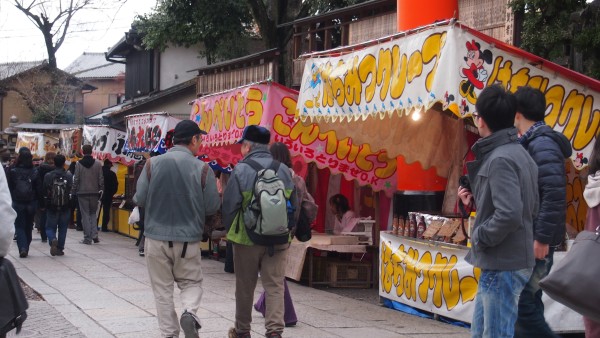
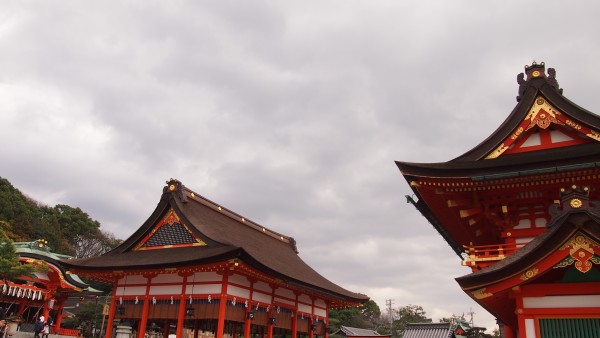
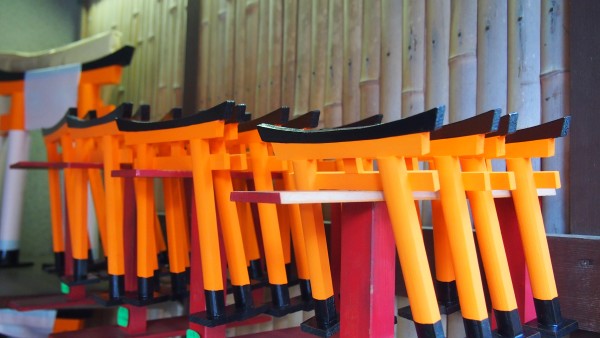
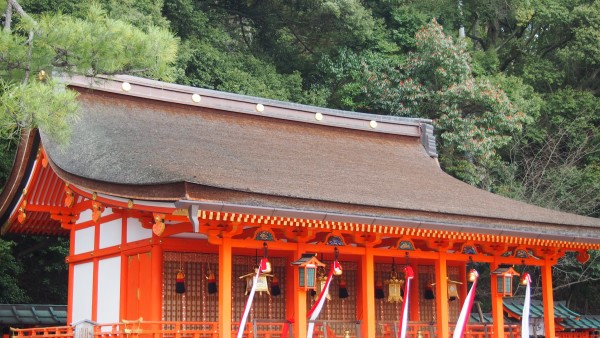
We then walked up the stairs towards the rest of the torii gates!
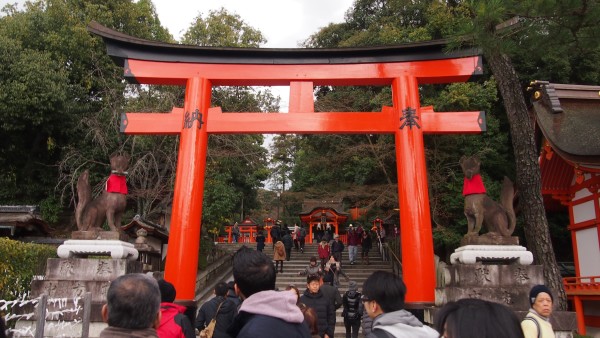
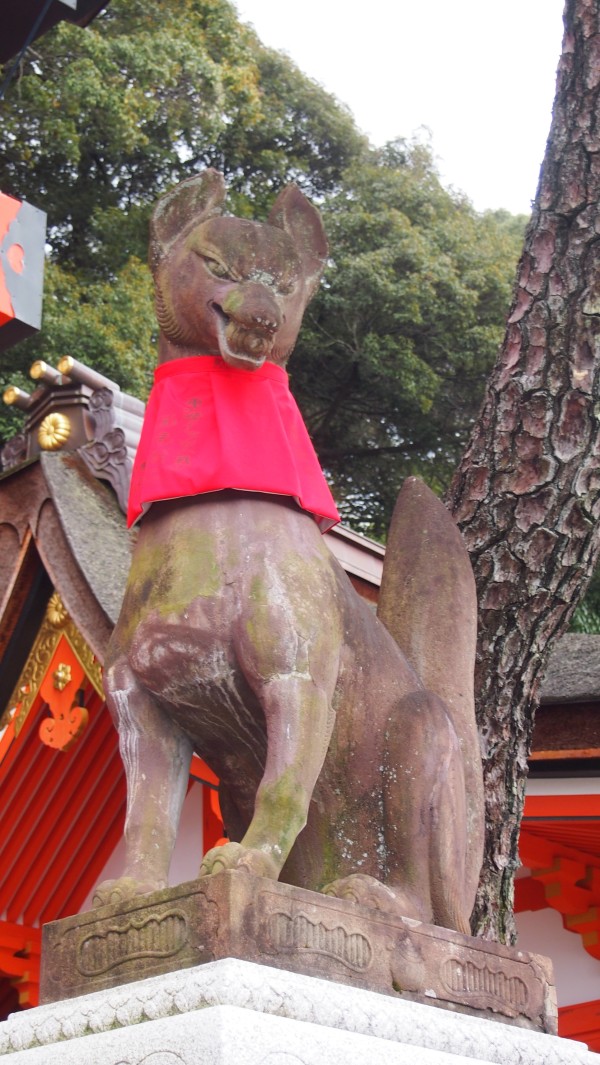
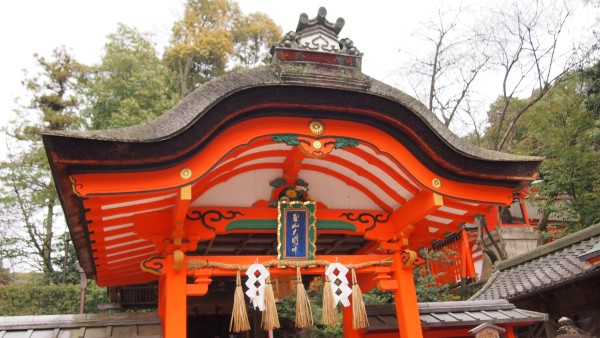
So here we go… The red torii gates!
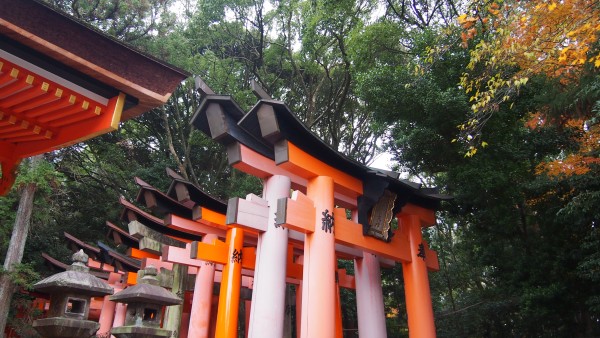
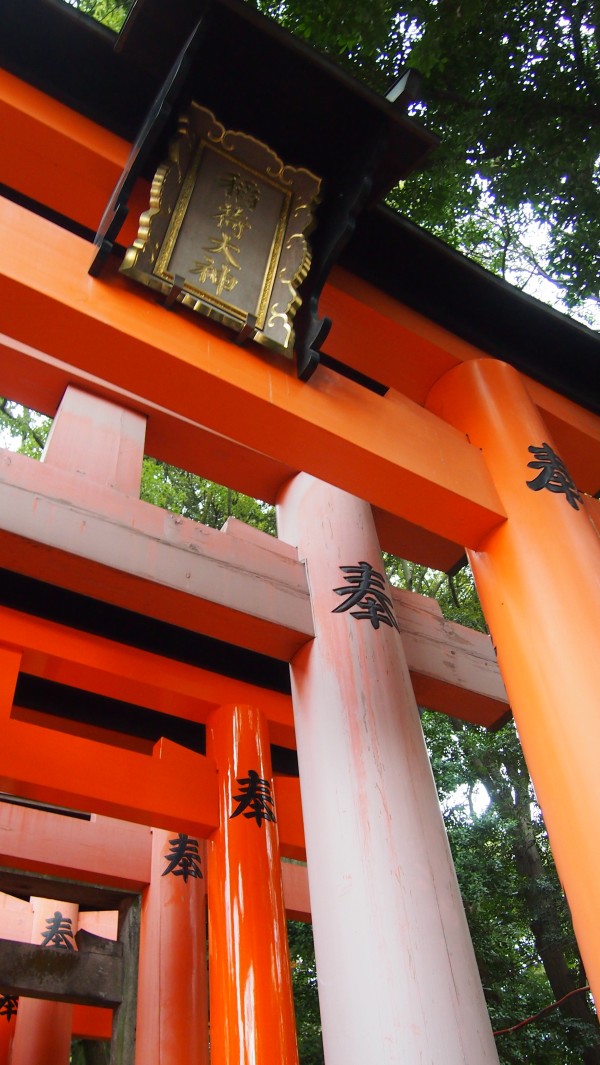
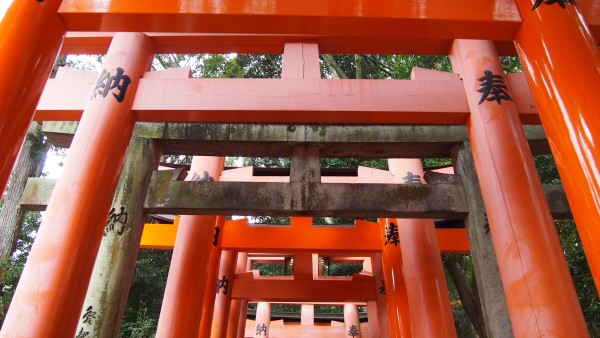
Each of them had markings and wordings, which we couldn’t understand but here’s to give you a bit of a background:
At the very back of the shrine’s main grounds is the entrance to the torii gate covered hiking trail, which starts with two dense, parallel rows of gates called Senbon Torii (“thousands of torii gates”).
The torii gates along the entire trail are donations by individuals and companies, and you will find the donator’s name and the date of the donation inscribed on the back of each gate. The cost starts around 400,000 yen for a small sized gate and increases to over one million yen for a large gate.
Source: Japan-guide.com
Pretty expensive stuff!
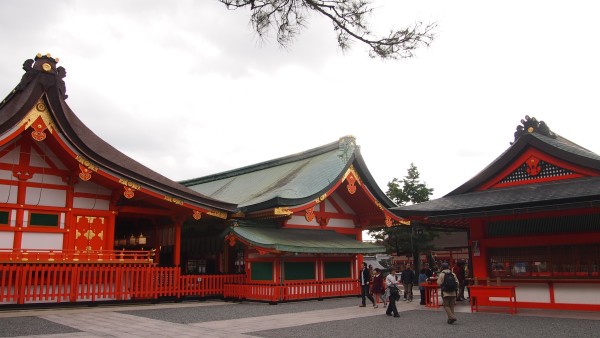
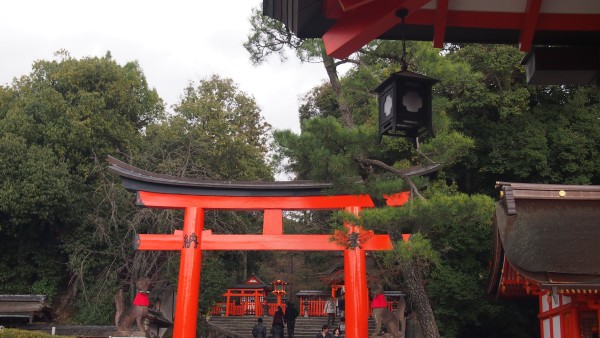
But they really were pretty great for photos!
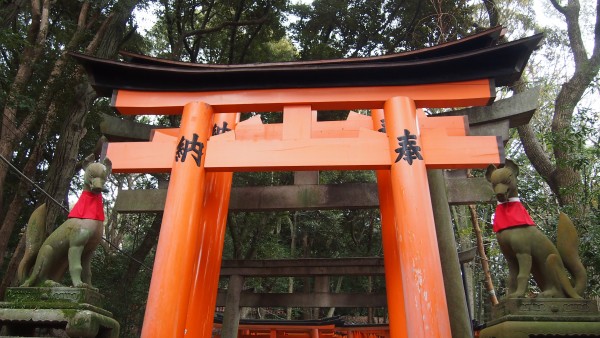
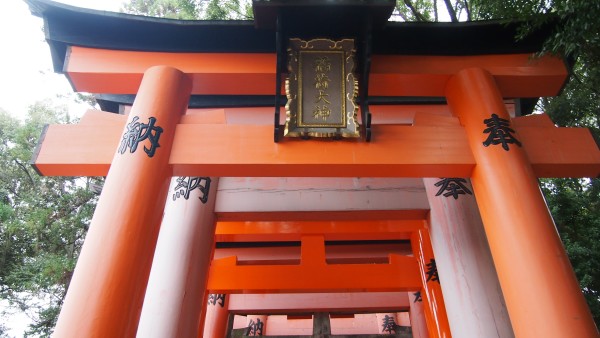
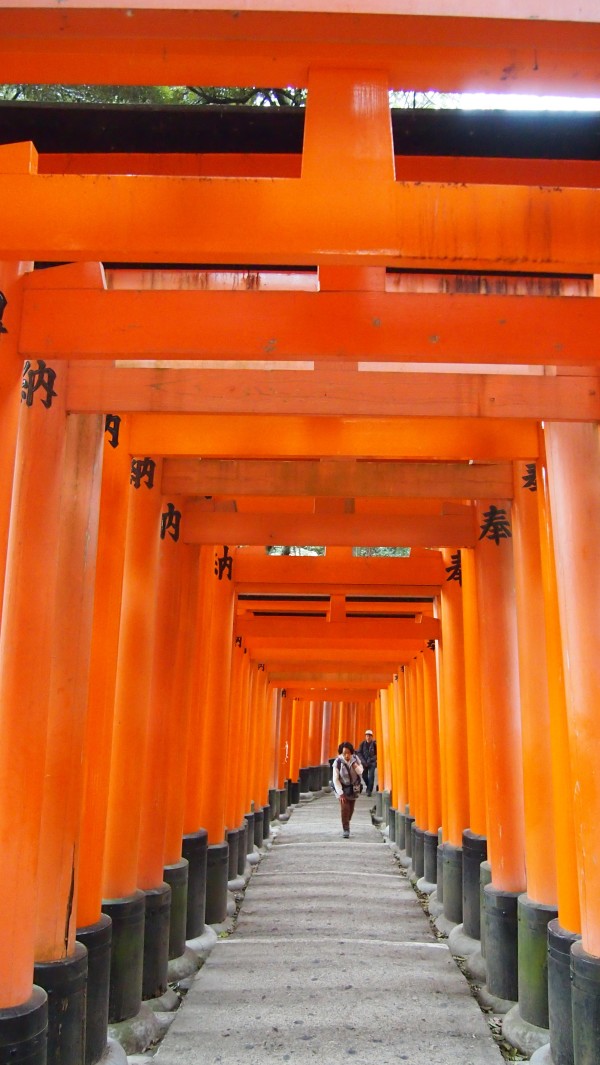
There is the option of a 2-hour hike to reach a nice lookout, but since I’m the least sporty person ever, I didn’t do that. So we just walked around and left after we were happy with what we saw.
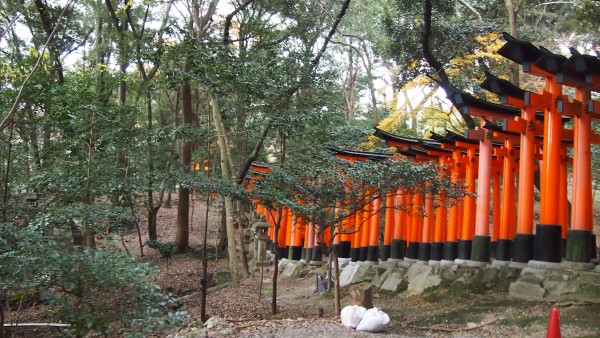
Fushimi Inari is worth a visit for those who love taking photographs or if you enjoy hiking.

